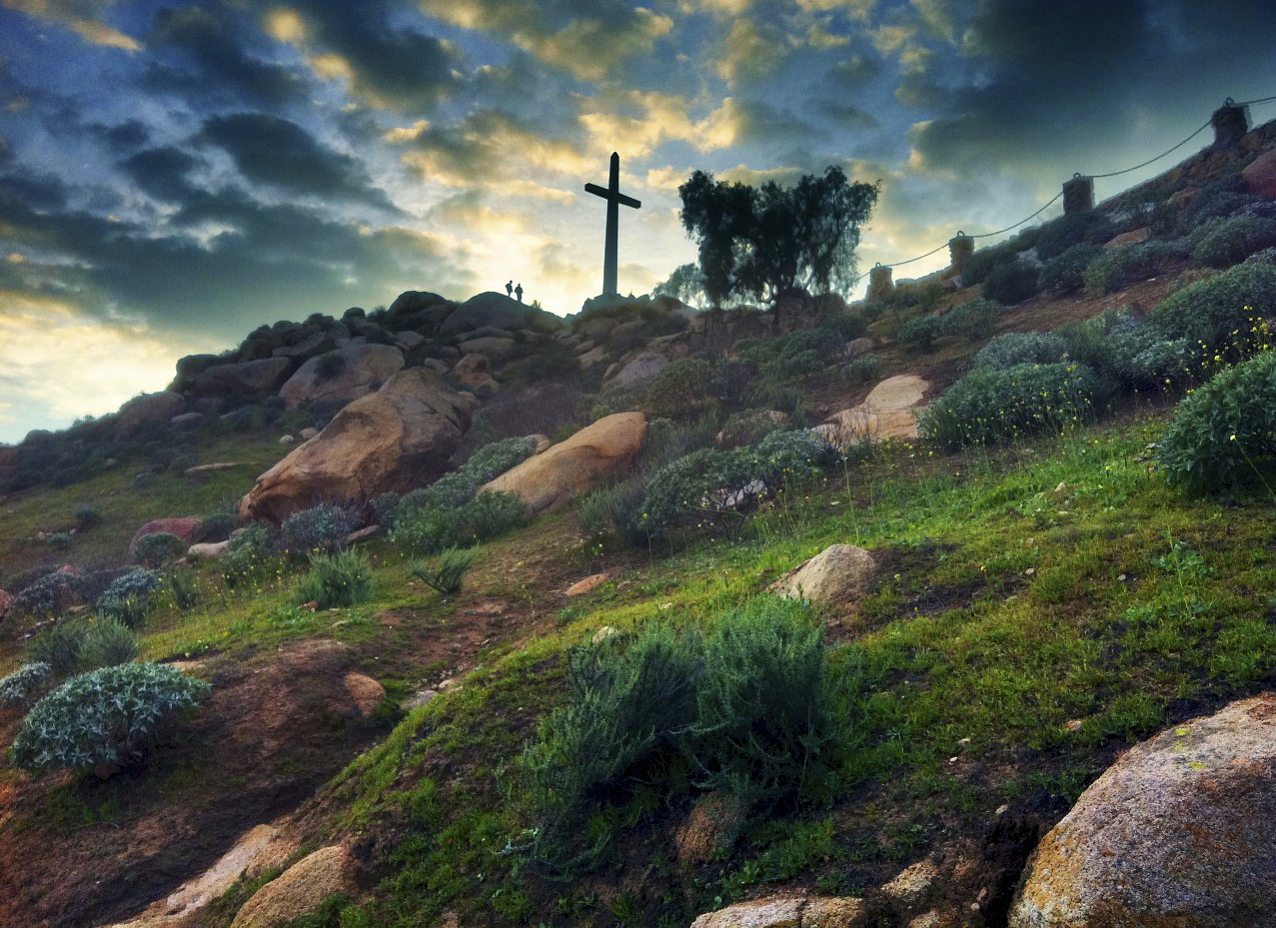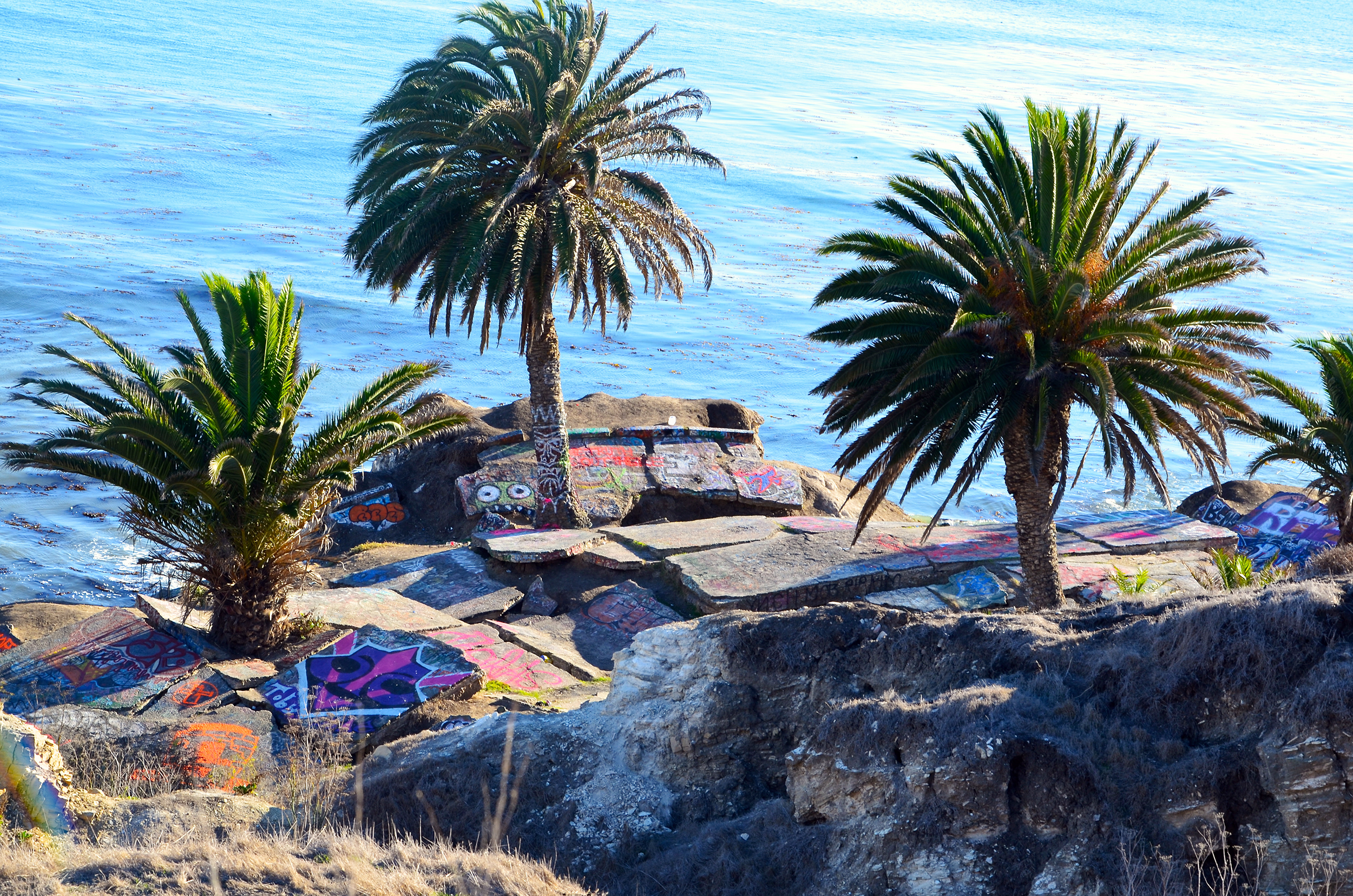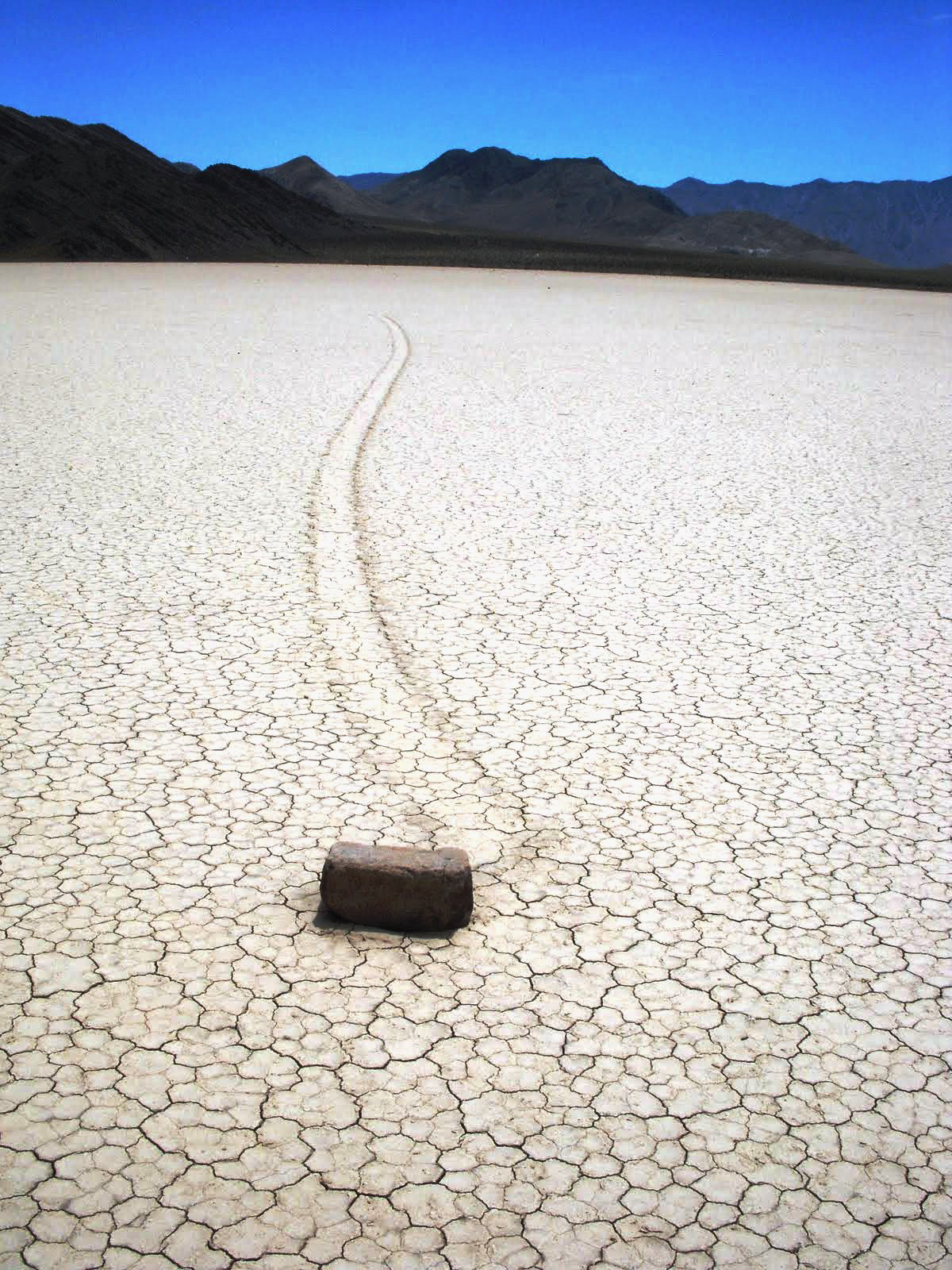The Venetian Court homes add a kaleidoscope of color to Capitola. shinglesware/CC BY-NC-ND 2.0
5 destinations for your California bucket list: sailing stones and sunken city edition
1Lining the beach in the seaside town of Capitola are two neat rows of whimsical, pastel-colored bungalows.
Aiming to fashion Capitola into a second Venice, Canadian oil baron Henry Allen Rispin built the Spanish Colonial Revival style homes in the 1920s on the site of an old fishing settlement.
Rispin himself suffered a series of misfortunes that left him divorced and penniless. But his venture endured, recognized by the National Register of Historic Places as California’s first seaside resort. His Venetian homes are today privately owned and commonly rented out to vacationers.
2Off a country road in Woodside, amid the new wealth of Silicon Valley, is one of the finest remaining country estates of the early 20th century.
Filoli Gardens was built by William Bowers Bourn II, heir to a Gold Rush fortune, and his wife Agnes as a lavish refuge 30 miles south of San Francisco. The estate includes a 43-room mansion and a formal garden of 16 acres — with ponds, ivy-veiled archways, and countless flowers — surrounded by a nature preserve and framed by the eastern slopes of the Santa Cruz Mountains.
If the property looks familiar, you may be recalling its role in the opening credits of the 1980s soap opera “Dynasty.”
Filoli Gardens was donated to a preservation group in 1975 and is now open to the public. It hosts jazz concerts, afternoons teas, and holiday gatherings.
Filoli Gardens | Smithsonian Magazine
3Mount Rubidoux rises 1,330 feet just west of downtown Riverside. Popular with hikers, the outcropping of weathered granite offers incredible 360-degree views of the Inland Empire.
At the summit, a white cross serves as the centerpiece for the oldest outdoor sunrise Easter service in the country. In the 1920s, the ceremonies were said to draw crowds that surpassed 30,000 people.
They continue today. Boy Scouts hold lanterns and read aloud scriptures along the path as congregants walk the mile-long route up the mountain in the predawn darkness. It’s a moving sight.
California Through My Lens | Green Adventures
4One of the most popular attractions along the Los Angeles waterfront is officially off-limits.
But that hasn’t stopped people from making daily pilgrimages to the so-called Sunken City of San Pedro. The clifftop jumble of palm trees and colorful slabs are what’s left of a community built in the 1920s that was abandoned after it began sliding into the Pacific.
Over the years, the site’s post-apocalyptic vibe made it popular with teenagers and other curiosity seekers. (Here’s some drone footage). Every so often, someone is killed or injured in a fall from the bluff.
Officials have batted around ideas to turn the area into parkland for 90 years. For now, a wrought iron fence acts as a nominal deterrent to trespassers. But that’s introduced its own dangers. Last spring, a woman impaled her leg trying to climb over it.
Rocks scattered on an ancient dry lakebed in Death Valley have graceful trails behind them, as if they were inching across the surface.
For decades, no one fully understood the forces behind the “sailing stones” of Racetrack playa. Then a few years ago, researchers solved the mystery. Turns out, when the playa is flooded, the rocks are nudged by sheets of floating ice that slide across the water with the wind.
To visit the playa, you need four-wheel drive and fortitude. It’s reachable only by driving 26 miles of washboard-surface road. But the reward, one travel writer said, is akin to walking on the moon without a space suit.
National Park Service | Christian Science Monitor
This article is from the California Sun, a newsletter that delivers California’s most compelling news to your inbox each morning — for free. Sign up here.
Get your daily dose of the Golden State.



